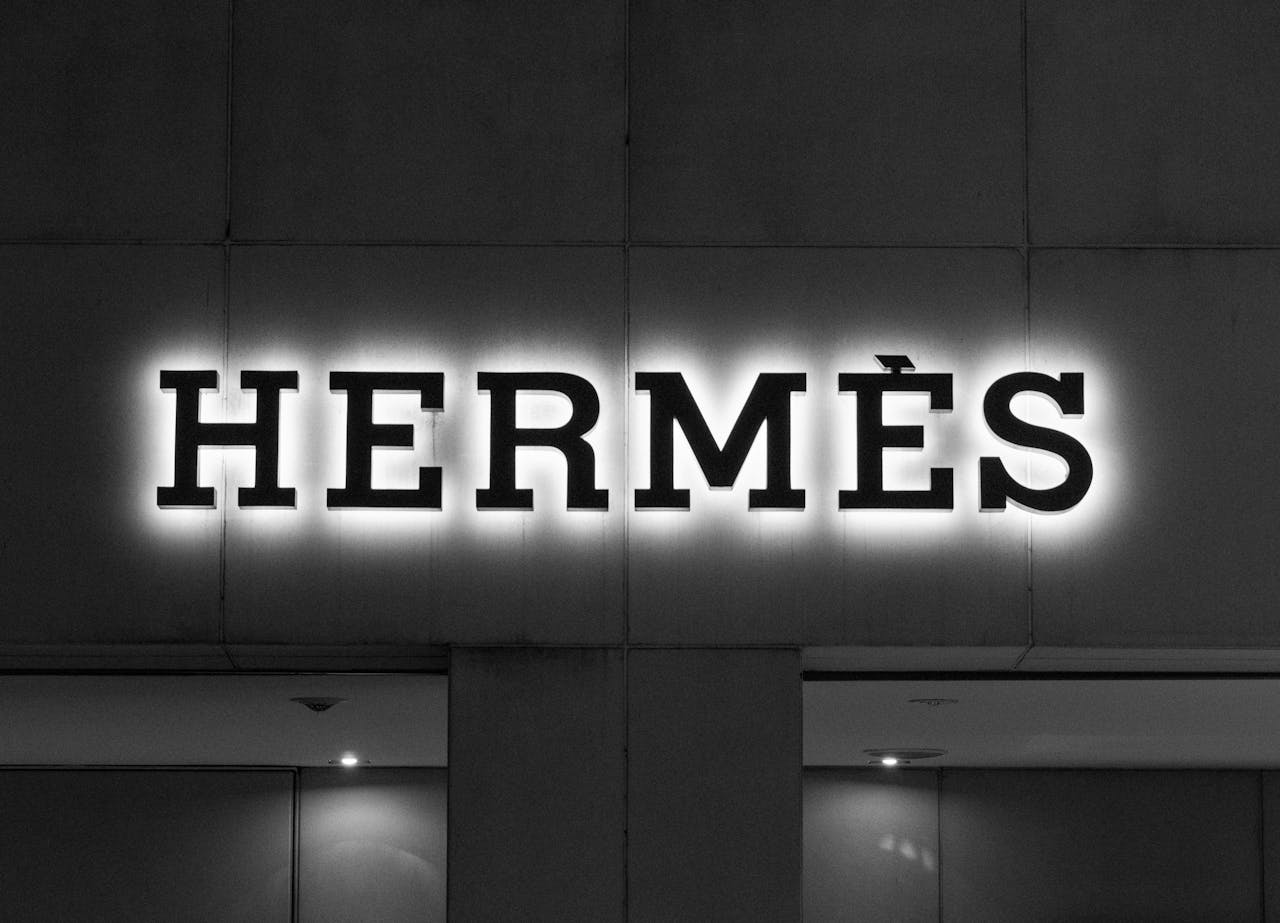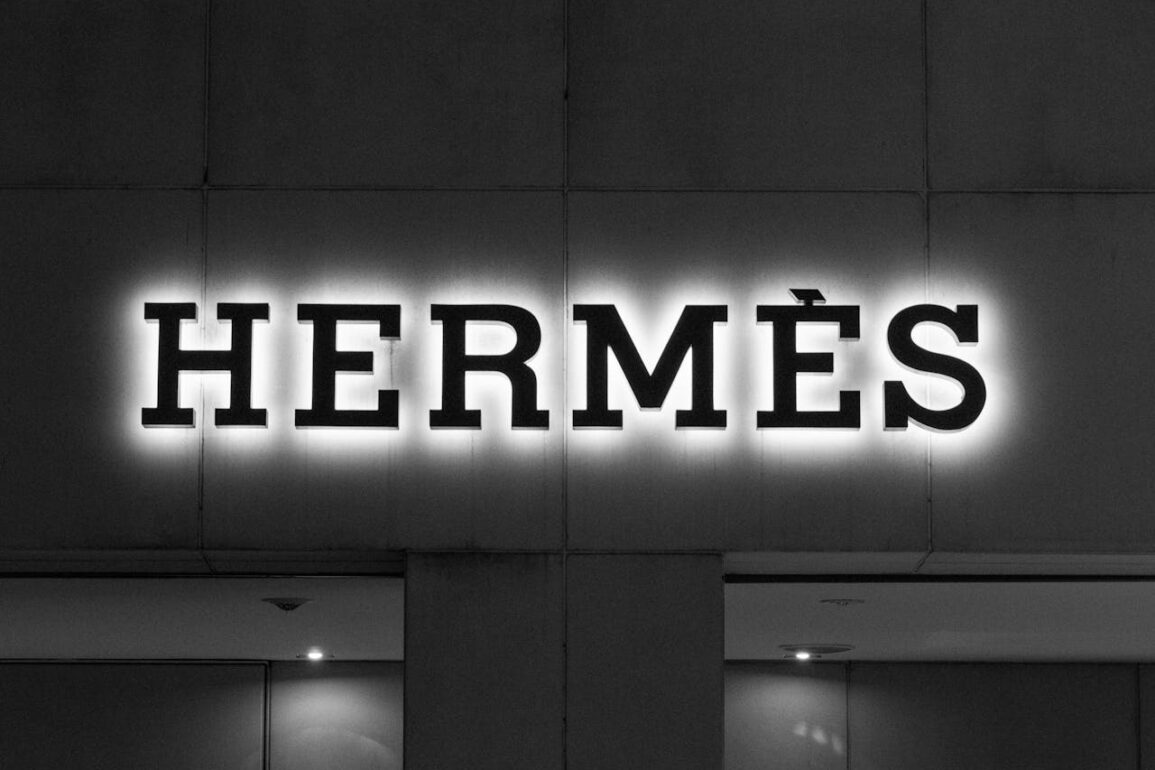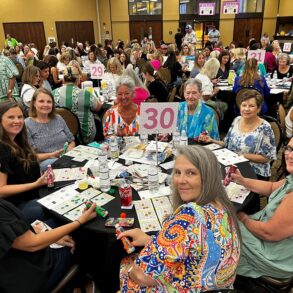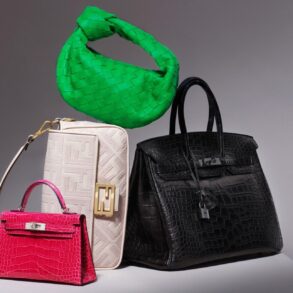
A growing wave of online creators are sensationally shedding light on the alleged supply chains behind luxury fashion brands. Even if some claims are exaggerated or false, the trend may create a PR headache for high-end labels.
As tensions from the US-China trade war continue, Chinese factories are taking to TikTok to allege that they produce luxury handbags for brands such as Hermes, Louis Vuitton and Dior. They claim that these handbags are then shipped to Europe for just enough final touches to earn the coveted ‘Made in France’ or ‘Made in Italy’ labels.
In turn, these creators and factory owners are prompting consumers to buy directly from their Chinese factories at significantly lower prices.
It stems from a viral video from an alleged Birkin bag manufacturer in China, which revealed that a bag selling at a retail price of $34,000 only costs around $1,400 to make.
Want to go deeper? Ask The Drum
In the video, the supplier also claimed that the bag makers receive a minimal profit margin, while the luxury brand retains the majority of the profit due to its logo and branding. “More than 90% of the price is for the logo, but if you do not care about the logo and want the same quality, same material, you can just buy from us,” he encourages viewers.
Here’s a breakdown of the actual production cost of a Hermès bag.
Luxury is a mindset. https://t.co/SRxPI08utA pic.twitter.com/1q1oqv0Pvk
— The Creative (@thecreativexx) April 13, 2025
The trend has gained momentum following President Trump’s announcement of a 90-day pause on several planned global tariffs while simultaneously raising levies on Chinese imports to 145%. While many TikTok users are convinced that claims made in these videos ring true, it has equally been speculated that the Chinese government is manipulating the algorithm in retaliation to Trump’s tariffs. Either way, it’s not great PR for any of the luxury brands mentioned. Or, is it a moment for true craftsmanship to shine?
Reinforcing a new wave of ‘luxury literacy’
Chinese netizens aren’t the first to scrutinize how luxury goods are made. On TikTok, leatherwork experts often cut open iconic handbags to show what’s inside, revealing where the materials come from and how they’re assembled. Independent watchmakers do live breakdowns of movements, explaining heritage and precision.
@tanner.leatherstein Destroying my LOUIS VUITTON bag Pt. 2 Watch to see the cost breakdown and how we’ll remake this bag with artisan leather. #leather #leathertok #leathertiktok #leathercraft #leatherbag #fashion #fashionhacks #fashiontok #fashiontiktok #designerbags #designerfashion #louisvuitton #luxurybag ♬ original sound – Tanner Leatherstein
“These creators form a kind of counter-power and that’s actually great news for luxury brands,” explains Laurent François, managing partner at 180, which counts Dior and Chopard as clients. “Why? Because it raises the bar. The new wave of ‘luxury literacy’ means brands can no longer rely on surface-level marketing. The best-in-class houses, like Hermès, benefit from this shift – their deep craftsmanship stands up to scrutiny.”
More than ever, it would seem, having knowledgeable and opinionated customers becomes critical. They can decode and champion the hidden subtleties that define true luxury.
Advertisement
Is it a crisis or a correction?
Having your supply chain exposed in such great detail could be construed as a complete PR nightmare, with the potential to affect a luxury brand’s reputation and, of course, sales. François adds, though, that it’s imperative not to “overreact” to moments of “bad buzz,” especially in tense geopolitical moments when stock markets are hypersensitive.
“Luxury isn’t built on short-term noise. It’s an industry of long timelines, deep investments in people, craft and vision,” he adds. “What defines the value of a luxury good isn’t just the object; it’s the entire business strategy around it. That means impeccable in-store experience, advisors with expert-level knowledge, real ‘Made in’ integrity and consistent creativity.”
The old playbook of launching a campaign, picking a celeb and going global doesn’t work any more. Today, successful brands are worldbuilders. They craft story worlds where product strategy meets emotional fantasy, in which we, as clients, have an active role to play.
“Long-term thinkers like LVMH are investing heavily in their Métiers d’Excellence, training thousands in craft and transmitting savoir-faire, educating teenagers to unlock aspirations to work in this industry. Hermès does the same with its École, blending passion with precision,” François continues.
“So, is it a crisis? No. It’s a correction. And competition is healthy. The best brands – the ones that aim to “do better than necessary,” as Piaget says – will always rise.”
According to Elvis Santos, chief PR and influence officer at Ogilvy Spain, this is not, and will not be, a PR crisis for any luxury brand.
“Luxury brands are built on three pillars: brand prestige, product quality and – above all – scarcity. Take the Birkin bag, for example. Even if you have the money, you still need to wait on a list to get one,” he explains.
“China may flood TikTok, Instagram and BeReal with lookalikes, which are allegedly not counterfeits but manufactured there nonetheless. Far from damaging these brands, it will actually reinforce their value, shining an even brighter light on the original item. Not a single scratch will be made”.
Social media surfacing ‘uncomfortable truths’
There’s no denying that these online videos have struck a nerve in the industry, exposing the gap between price and provenance.
“For today’s hyper-aware consumers, luxury is no longer defined by logos but by values. ‘Made in China’ shouldn’t be a PR nightmare – it’s a moment to reset,” says Katie Drew, strategy director at Born Social
“Brands have the chance to lead the conversation, spotlight true craftsmanship and pull back the curtain on how their products are made. The luxury players that embrace transparency won’t lose their prestige – they’ll evolve it with purpose, as long as their supply chains are equitable.”
This isn’t the first time luxury brands have weathered significant supply chain challenges in recent history. Perhaps not quite at this level of virality, but there have been several exposés into exploitative labor practices within Italian factories, as well as reports of luxury brands destroying unsold goods as a way to deal with their overproduction.
“Brands whose quality has noticeably declined while simultaneously implementing aggressive price increases may indeed be vulnerable to this type of exposure,” says Chinazo Ufodiama, a brand and communications consultant who has worked with Salvatore Ferragamo, Victoria Beckham and Loewe. “When luxury consumers perceive a widening gap between price and actual product value, their loyalty becomes more wavering.”
Advertisement
Made in China
In other parts of the world, the ‘Made in China’ label has often been stigmatized and looked at from a negative lens, but it’s a statement that carries a 5,000-year legacy when it comes to luxury.
“In the west, this history is often overlooked, but China’s intangible heritage, known as ‘feyi,’ includes extraordinary craftsmanship across dynasties and regions,” says François. “It’s not just a manufacturing hub; it’s a continent of tradition and innovation. This isn’t a knee-jerk reaction to geopolitics. It’s a slow, deliberate build, like South Korea’s Hallyu.”
According to many, the ‘Made in China’ label has been the “winner” out of all of this – not necessarily as a badge of authenticity but as a way of challenging the long-held stigma that has tarnished the label.
“While there are absolutely well-documented examples of low-quality, polyester (plastic) goods produced in the Far East and certainly valid concerns about labor practices, this generalization overlooks the broad diversity within Chinese manufacturing capabilities,” says Ufodiama.
“There are many factories in China that are truly leaders in manufacturing from state-of-the-art technology and production methods. Rather than hiding their Chinese manufacturing, forward-thinking brands could showcase their careful factory selection process and the expertise these partners bring to their products.”
Pulling back the curtain
“Transparency is key,” adds Ufodiama. “We’re seeing many brands pulling back the curtain on their production processes and this can go even further throughout their supply chain, revealing material sourcing, artisan working conditions and quality control standards to build trust with their customers.”
According to the consultant, the luxury market has been experiencing challenges long before the dupes and Chinese factory owners took to TikTok. The most effective solutions center on the product itself, a return to meaningful differentiation, genuine innovation and uncompromising quality.
She adds: “Luxury brands need to re-establish why their products command premium prices beyond just the logo.”
Suggested newsletters for you
Daily Briefing
Daily
Catch up on the most important stories of the day, curated by our editorial team.
Weekly Marketing
Friday
Stay up to date with a curated digest of the most important marketing stories and expert insights from our global team.
The Drum Insider
Once a month
Learn how to pitch to our editors and get published on The Drum.
This post was originally published on this site be sure to check out more of their content.







